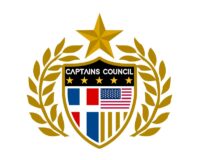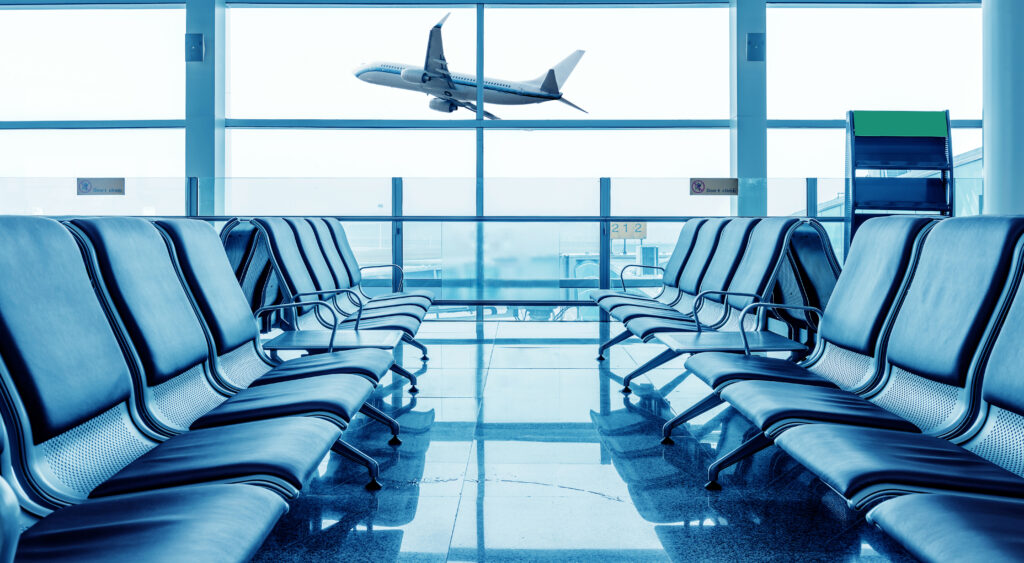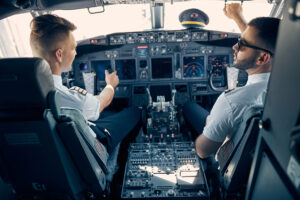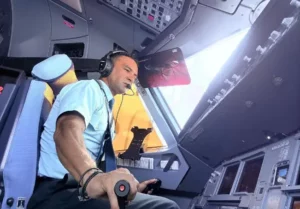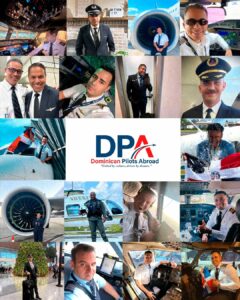In 2016, I had the opportunity to visit the Aeroclub Dominicano 74 as part of a delegation seeking to bring small aircraft assembly to the country. During my visit, I decided to join the aeroclub and update myself on the state of national aviation. Although I lived in the U.S., communication technology had made it easier to stay informed about daily developments through platforms like WhatsApp and Facebook. It was then that I began to hear serious concerns regarding the Dominican civil aviation authorities, such as the high cost of fuel, difficulty accessing airports, lack of hangars, and other issues. This led us to join a group of local pilots and create a non-profit organization dedicated to representing the sector, which we named the Dominican General Aviation Association (ADAG).
However, as time passed, we encountered additional challenges in the sector. Large Dominican airlines had disappeared along with Dominicana de Aviación in the early 1990s, taking with them much of the professionalization of aeronautical personnel in the industry. Between 2018 and 2024, the country experienced a boom in new airlines, with the creation of companies such as PAWA, SKY CANA, SKYHIGH, and ARAJET. This presented a major challenge for national aviation. While an increase in air operations is generally celebrated as an indicator of economic growth, it is also a key factor in the rise of aviation accidents.
In December 2021, we experienced the first major accident, with the tragic HELIDOSA HI1050 flight at Las Américas International Airport, which resulted in the deaths of nine people. A few months later, the RED AIR accident occurred in Miami, Florida, where we came dangerously close to losing 140 lives. This triggered an investigation by U.S. authorities, which in turn led to an operational safety audit by the Federal Aviation Administration (FAA).
Due to this chain of accidents and incidents, a group of Dominican American airline pilots decided to form a non-profit organization called the “Council of Captains.” Its mission is to investigate and analyze the state of Dominican civil aviation and propose changes and improvements for its proper development. This initiative led us on a journey through civil aviation institutions and media outlets, where we sought to raise awareness and build working relationships to support improvements in operational safety.
We immediately observed resistance from the government to increasing transparency in civil aviation matters. We were told that “aviation is like banking; everything must remain confidential to avoid panic.” However, that was not the culture of operational safety in the U.S. While it is true that some matters should remain confidential, the North American aviation industry learned—through many hard lessons and accidents—the importance of transparency.
Our country has a wealth of human resources abroad. The Dominican diaspora has been characterized by its economic and professional growth, and pilots are no exception. Today, we have Dominican pilots at all levels of global aviation, from captains flying the world’s largest aircraft in the U.S., Europe, and Asia to aerospace engineers at organizations like NASA and companies such as Virgin Galactic. It was clear that the country was failing to take advantage of this resource simply because of the stubbornness of certain officials who refused to accept private or public criticism.
In August of last year, President Abinader made changes within Dominican civil aviation institutions, bringing a refreshing new environment. We have observed a significant increase in openness and an improvement in the transparency of these institutions. We finally believe that space will be given to constructive criticism and that collaboration with the Dominican diaspora will be encouraged to leverage their knowledge and willingness to help.
We must change our paradigm. Operational safety comes at a cost, and its foundation is transparency and teamwork. This change must start from the presidency and trickle down through the hierarchy to the newest pilot trainee. Only then can we move away from tragic statistics and avoid repeating hard-learned lessons from past accidents and loss of life. At the end of the day, we all want national aviation to grow—and to grow safely and reliably.
